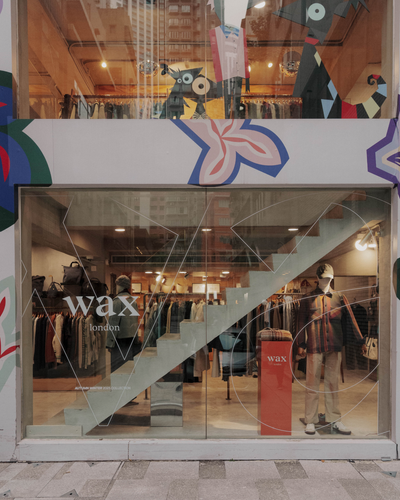The fashion industry is at a crossroads. Materials, which account for 92% of its total emissions and around 30% of the cost of goods sold (COGS), are both a challenge and an opportunity for transformation. A new report by Boston Consulting Group and Fashion for Good, Scaling Next-Gen Materials in Fashion: An Executive Guide, outlines how brands can drive the adoption of innovative materials to reduce environmental impact and improve financial performance.
Next-generation materials—those made from alternative sources like mycelium leather, recycled fibres, and bioengineered textiles—are projected to grow from just 1% of the fibre market today to 8% by 2030, amounting to approximately 13 million tonnes. While this marks a significant increase, it may still fall short of industry needs, given tightening regulations, climate-related supply chain risks, and shifting consumer preferences. The report highlights that brands embracing next-gen materials strategically could see up to a 4% reduction in COGS over five years, reinforcing the economic case for sustainable material transitions.
However, scaling these materials remains a complex challenge. The report identifies three key levers for brands to drive adoption while overcoming financial, technical, and operational barriers:
- Demand – Generating stable demand signals is critical. Brands can collaborate through demand pooling and transition financing to create market stability and support large-scale adoption.
- Cost – Process optimisation and cost engineering throughout the supply chain can drive economies of scale, making next-gen materials more affordable and accessible.
- Capital – Strategic investment at each phase of the adoption curve is necessary to fund innovation and accelerate market readiness. Brands must align financing strategies to ensure sustained growth.
For brands looking to lead in next-gen materials, integrating these strategies into core business models is essential. The transition requires a clear understanding of current material portfolios, supply chain dynamics, and the broader industry ecosystem to mitigate risks and identify opportunities. Companies that proactively align financial and sustainability goals can gain a competitive edge while contributing to industry-wide progress.
The findings in this report make it clear: the shift to next-generation materials is no longer optional—it is a business imperative. Brands that act now will unlock financial benefits, secure supply chain resilience, and establish themselves as leaders in the future of fashion.
Download the full report here.






